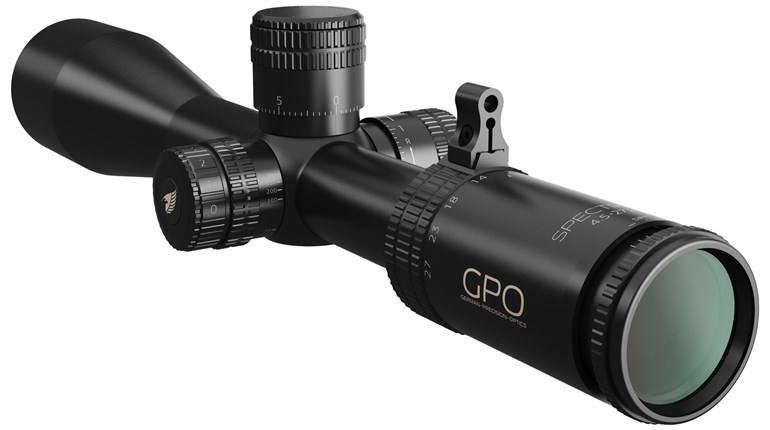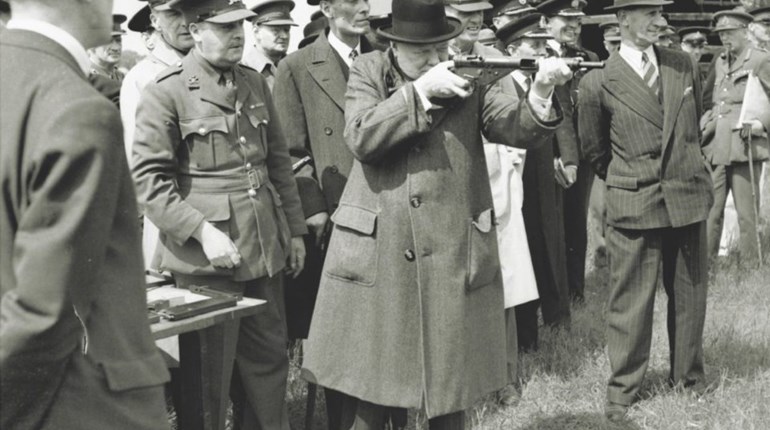
The M60 machine gun was adopted by the U.S. military in 1957 and has served in five different major variations.
Thirty years ago, Warner Brothers released Stanley Kubrick’s motion picture “Full Metal Jacket.” Based on Gustav Hasford’s autobiographical novel “The Short Timers,” Kubrick brought a gritty intensity to the story that made the movie a fast favorite. It followed a young Marine known as Joker, played by Matthew Modine, as he experiences recruit training at Parris Island and then combat in Vietnam during the Tet Offensive. To this day, “Full Metal Jacket” is remembered for its excellent cast, most notably for R. Lee Ermey’s performance of a lifetime in the role of GySgt Hartman.
Another memorable character from the film was Animal Mother, the squad’s machine gunner, as portrayed by Adam Baldwin. His time on screen during the second half of the movie is full of profanity-laden banter and fearlessness with one of the weapons that best represents the Vietnam era—the M60 machine gun.
Through several pivotal scenes depicting the epic Marine battle in the city of Huế, Animal Mother wields the M60 machine gun as if it were made of wood, not steel. Firing it from the shoulder in several segments, Adam Baldwin made it look easy to heft the 23-pound weapon. Through the use of Hollywood blanks, Animal Mother’s M60 performed spectacularly and memorably, almost becoming a character in the movie in its own right. By featuring it so conspicuously, “Full Metal Jacket” created a new enthusiasm for the machine gun that troops lovingly referred to as “the Pig” in recognition of its girth. The weight of the gun notwithstanding, the M60 machine gun wrote an important chapter in the development of military automatic firearms during the 20th century.
In the years before World War II, the water-cooled machine gun represented the international standard. Then, during that conflict, the air-cooled light machine gun came into general use and demonstrated that it offered something more suitable to the modern battlefield. Embracing this new concept, the U.S. government began to look for a weapon that could replace both the M1919A6 belt-fed Light Machine Gun and the M1918A2 Browning Automatic Rifle. The government wanted an automatic weapon that could advance with an attacking echelon or be used in fixed defensive positions with a tripod.
It also wanted the same design to be adaptable for use as a coax gun on armored vehicles or as armament in fixed- and rotary-wing combat aircraft. In consideration of these requirements, it sought to adopt a weapon that could fill all of these roles effectively: a truly general-purpose machine gun.
The design that showed the most promise had evolved from the T44 from the Bridge Tool & Die Co., an experimental design from 1946 that combined a German FG42 rifle with an MG42 machine gun’s feed system. But, the T44 was chambered for 7.92x57 mm Mauser, and by the 1950s military small-arms design was moving away from the full-size rifle cartridges that fought the World Wars. In keeping with this, the U.S. began the development of the T65, a cartridge that would ultimately be adopted as the 7.62 NATO M80. When the experimental T44 was modified to feed the new M80 cartridge, it became the T52 and the general anatomy of the M60 machine gun really began to take shape. Further design development then lead to the Inland Division of General Motors T161E3 in 1955, which was then adopted in February 1957.
The version of the M60 machine gun that was standardized at that time features a short-stroke gas-piston operating system firing from the open bolt, and feeds the M80 cartridge using M13 metallic disintegrating links. An air-cooled machine gun, it fires at the moderate cyclic rate of fire of between 500 and 650 rounds per minute. The weapon’s 22-inch barrel develops a muzzle velocity of 2,800 fps and can be changed easily and quickly by the assistant gunner. It can be fired from its built-in bipod or it can be mounted on the M122 tripod to deliver accurate fire.
The M60 machine gun was a success and proved itself in Vietnam. It then served effectively through the ’70s and into ’80s. In 1986, an improved lightweight model was introduced as the M60E3. This variant features a shorter barrel, an ambidextrous safety, a simplified gas system and a vertical foregrip. The E3 also has a bipod that attaches to the gas cylinder, not the barrel like in the standard M60. The National Firearms Museum in Fairfax, VA, displays an especially interesting M60E3 that can claim celebrity status. This example was used in two memorable 1985 action movies: “Rambo: First Blood Part II” with Sylvester Stallone, and “Commando” starring Arnold Schwarzenegger.
Although the M60 machine gun may no longer serve the U.S. military, it has been immortalized on screen for more than three decades now and we will probably be seeing it again and again on film.





































